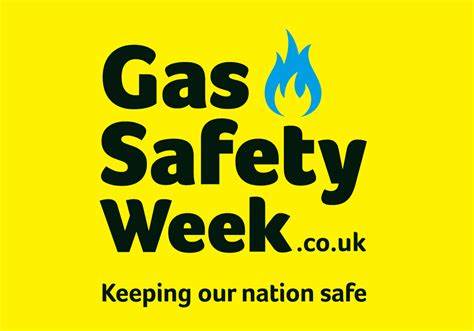

During this time, we appreciated a delayed relapse in clinical-behavioral evaluation, after an initial recovery period.

The patient was eventually removed off sedation as his mental status gradually improved on week 2, yet he remained lethargic, and intermittently responded to vocal and tactile stimuli. The patient received consistent tube feeds for nutrition. Cardiology examination reported an ejection fraction of 65% and no hemodynamically significant stenosis on bilateral internal carotid arteries. The patient was well saturated above 98% on 4L oxygen via nasal cannula and received pulmonary physiotherapy. The computed tomography (CT) of the brain on admission ( Fig. 1) illustrated an acute ill-defined hypodensity in the right parieto-occipital region with loss of gray-white matter differentiation consistent with acute infarction in a watershed distribution.Īxial MRI high FLAIR/T2 shows an abnormal increased signal of symmetrically rounded foci in the Globus Pallidus bilaterally.ĭuring the patient's 4-week-long hospital stay, the patient continued to spike fevers and was appropriately managed with antibiotics.

The patient was treated empirically with vancomycin and zosyn for presumed aspiration pneumonia.Įlectrocardiography revealed normal sinus rhythm, non-ST segment elevation myocardial infarction, and elevated troponins (2.47 ng/mL >3.89 ng/mL >4.16 ng/mL) likely secondary to carbon monoxide poisoning. The laboratory values showed leukocytosis, bandemia, and lactic acidosis. Initial chest radiograph revealed a left lower lobe consolidation. The patient was febrile to a maximum temperature of 102☏. The patient was not a candidate for hyperbaric oxygen therapy. This led to a concurrent diagnosis of acute hypoxic respiratory failure. Arterial Blood Gas results showed carboxyhemoglobin blood levels >27% when normal levels of carboxyhemoglobin for a nonsmoker adult is 2%-3%, thus indicating carbon monoxide poisoning. In the Emergency Department, the patient was intubated, sedated with propofol, and placed under mechanical ventilation for airway protection before being transferred to the medical ward. His Glasgow Coma Score was 5, and physical examination noted a left-sided facial droop, reactive pupils, and grossly intact cranial nerves and deep tendon reflexes. Ī 66-year-old male with a previous medical history of hyperlipidemia arrived at the Emergency Room via ambulance after being found unresponsive for an indefinite amount of time in an auto-body shop adjacent to a car with the engine turned on. The chronic stage includes progressive neurological decline.

However, 1 rare underrecognized sequela is delayed posthypoxic leukoencephalopathy.ĭelayed posthypoxic leukoencephalopathy, as a result of carbon monoxide poisoning, is characterized by initial hypoxic insult with a subsequent return to baseline or near baseline later followed by severe neurological deterioration or new neurological or psychiatric symptoms. The survivors of the carbon monoxide toxicity present with white matter demyelination and necrosis of the Globus pallidus that further result in a range of clinical sequelae, for instance, reversible anoxic-ischemic encephalopathy or irreversible dementia. Its high morbidity and mortality are associated with impaired functioning of the red blood cells to transport oxygen to the tissues, ,. Carbon monoxide is an odorless, tasteless, poisonous byproduct of partial combustion of fossil fuels that is a leading cause of brain injury and death due to suicidal attempts or accidental exposure.


 0 kommentar(er)
0 kommentar(er)
